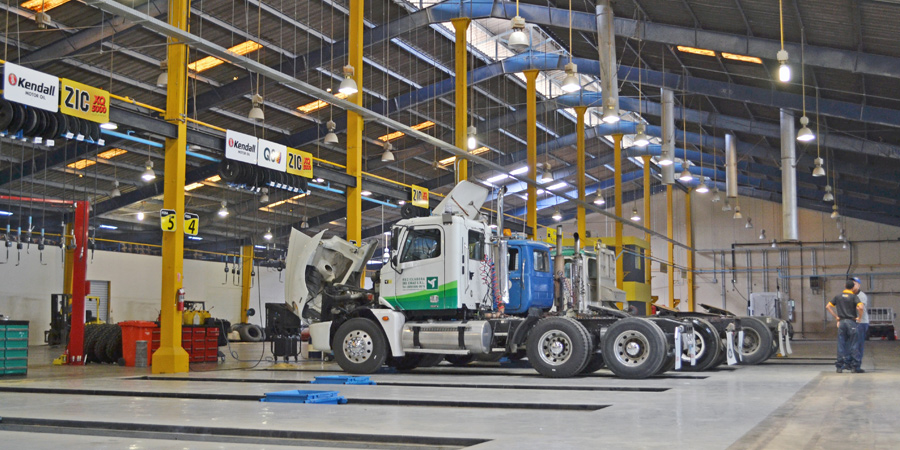EHS competency mapping for industries
In health and safety, a well-done competency map links employees to job duties, job duties to hazards and hazards to training to eliminate or mitigate those hazards. EHS roles and responsibilities, stitched within, strengthen the ability of an organization to address EHS risks and maintain quality and quantity of EHS resources.






